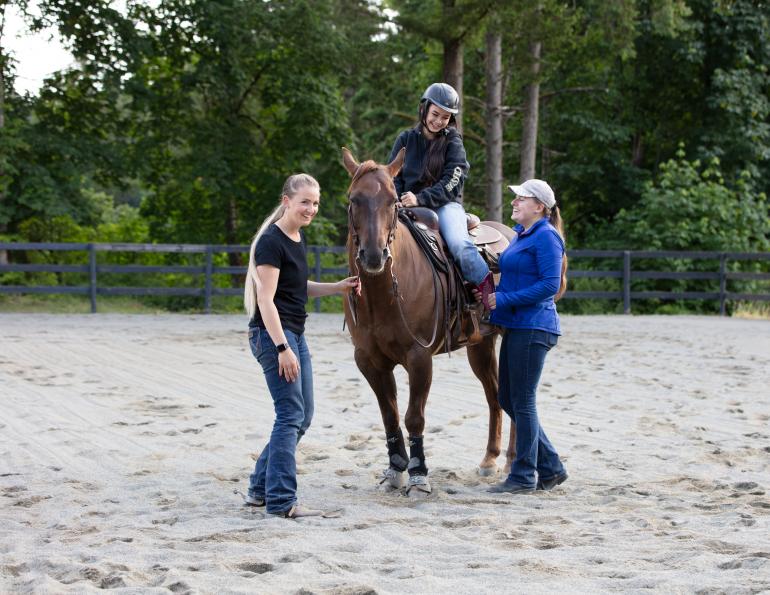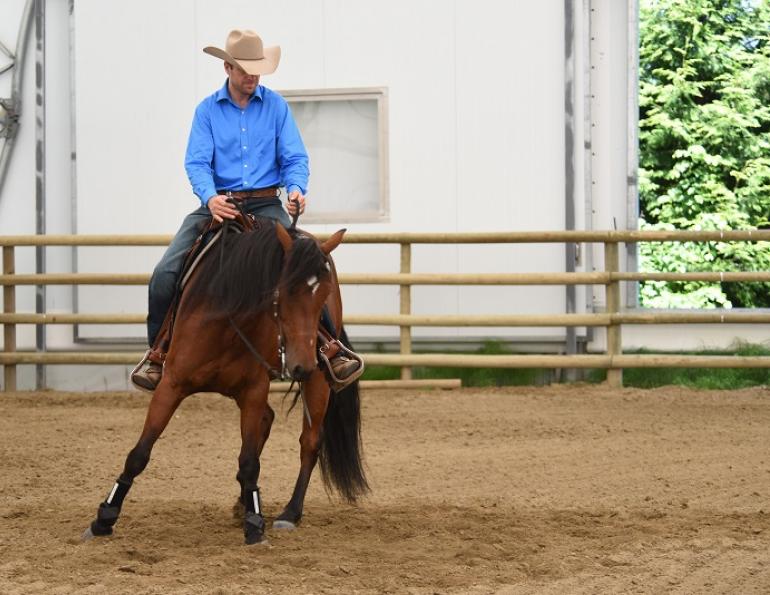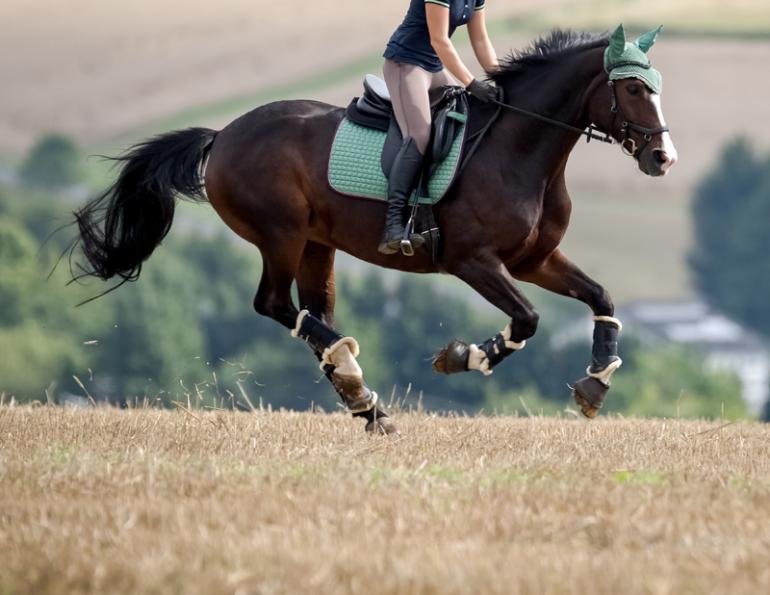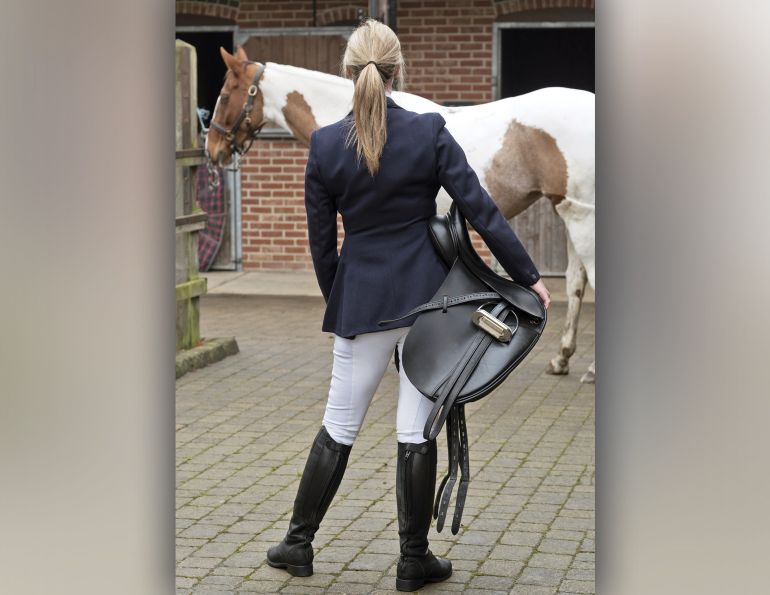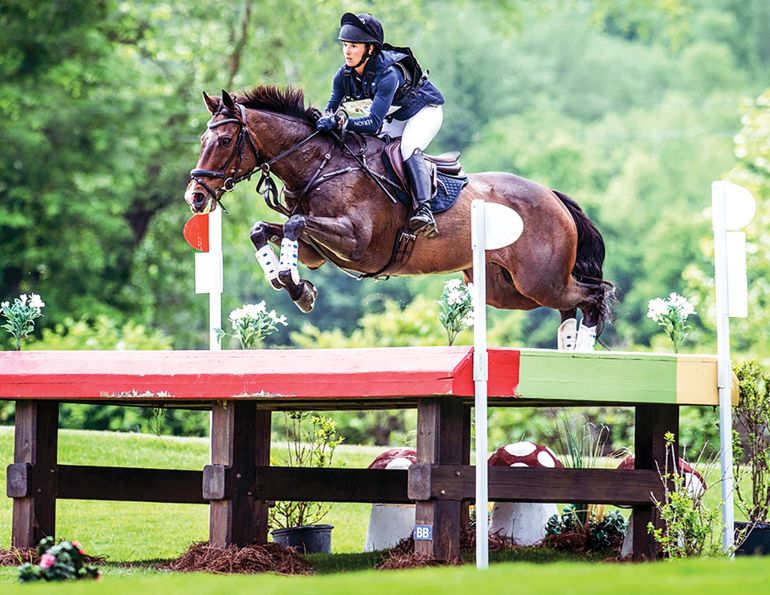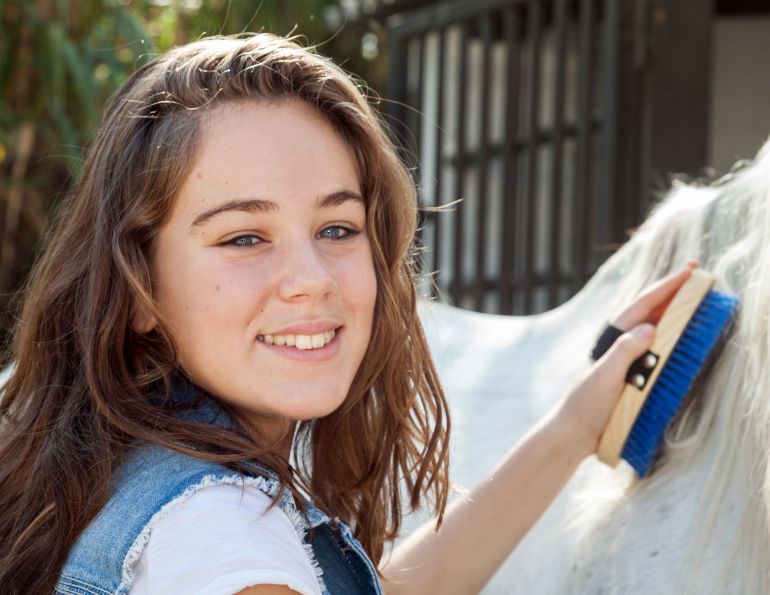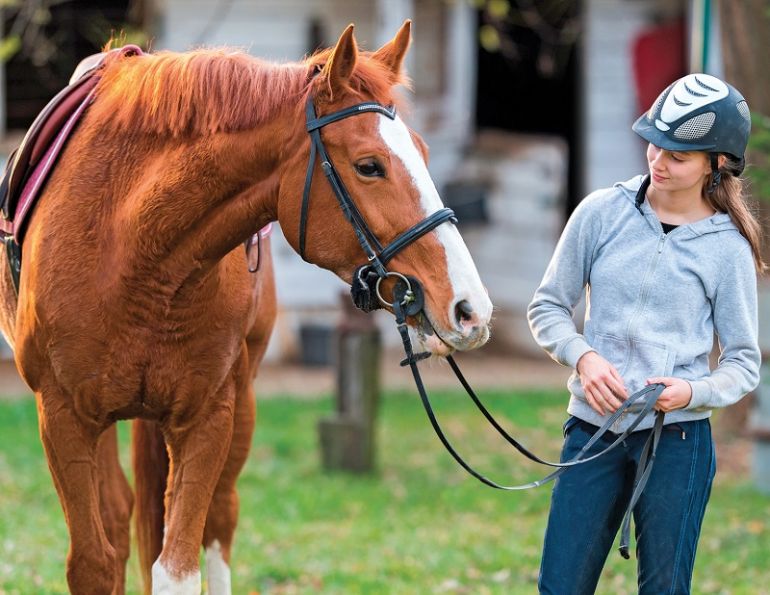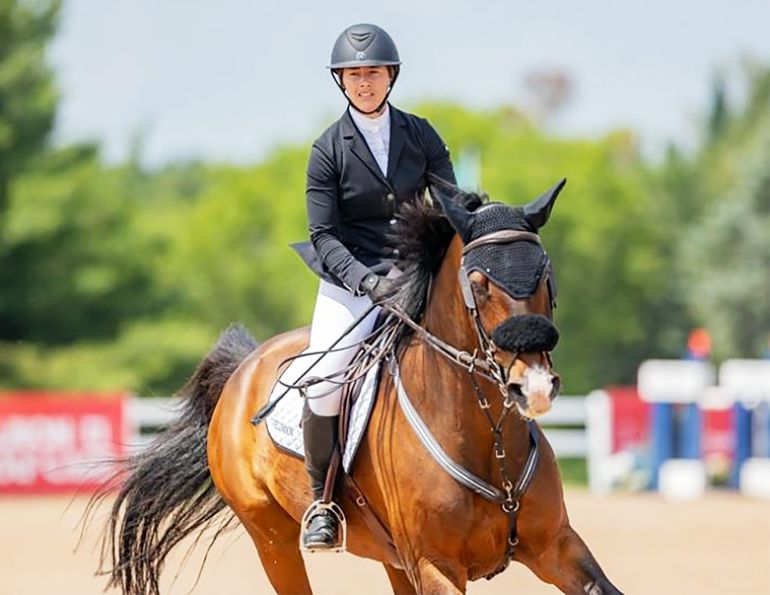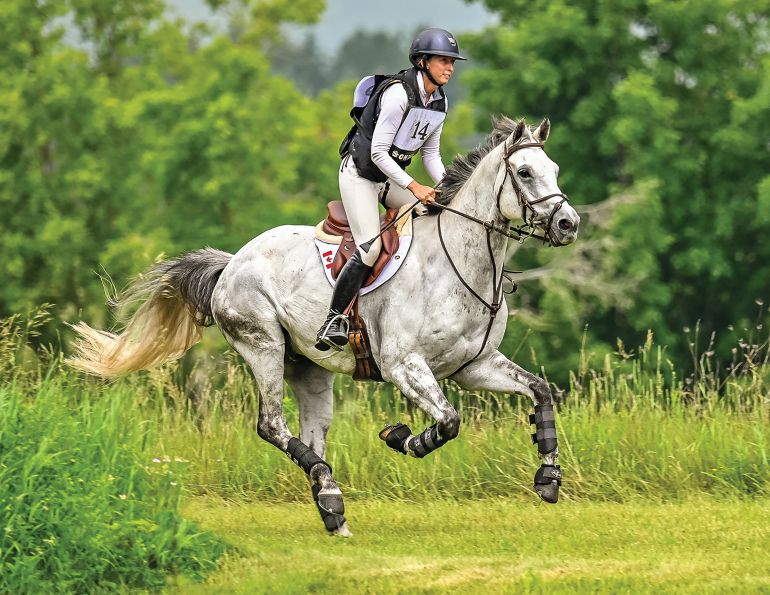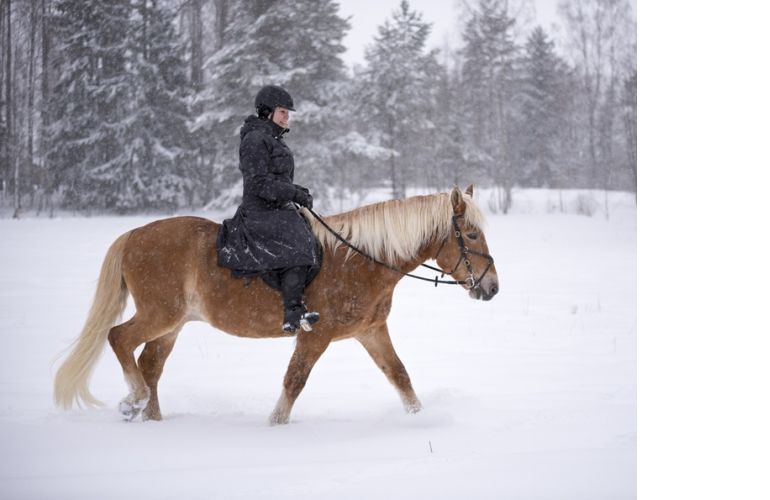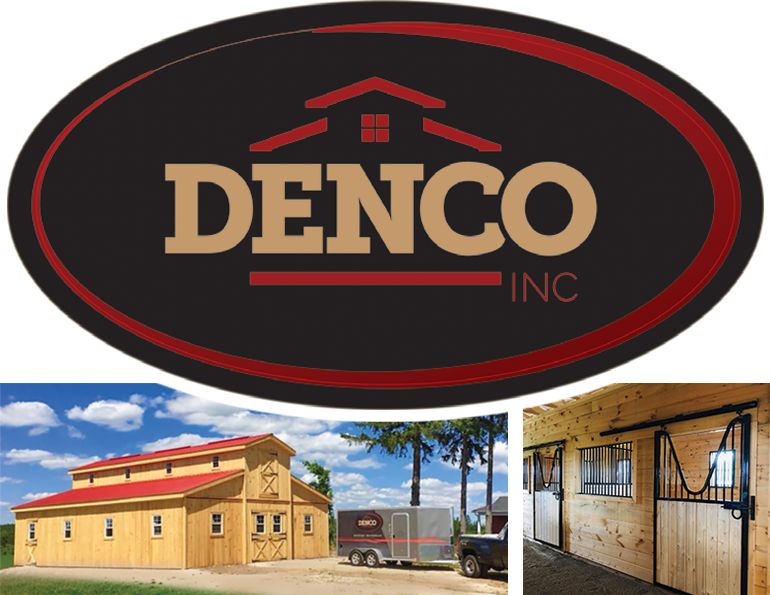By Annika McGivern
You may think your barn community is too small to have something as fancy as its own culture, but it does. Whenever groups of people come together through common goals, interests, and patterns of behaviour, a culture is formed. A culture is a set of shared beliefs, attitudes, knowledge, practices, and behaviours. A strong culture can help all involved reach higher and further than they can alone. However, when a culture isn’t shaped intentionally, it may not serve its full potential. In some cases, a culture can even become harmful to those within it.
We all spend a lot of time at our barns. We dedicate this time to being with our horses, taking an hour or two for ourselves, and furthering our dreams and goals. Most of us can relate to how frustrating it is when this time is hijacked or interrupted by the ill effects of a harmful culture, especially when we realize that the culture of our barns is ours to shape. This article will outline some simple steps we can all take to strengthen the culture of our barns for the good of ourselves, our horses, and the people we share the space with.
A strong culture knows what it is trying to achieve and why.
The first step to building culture is to decide on and declare a common purpose statement. A purpose statement answers the question: Why are we all here at this barn? The answer could be as simple as creating a peaceful place where everyone can enjoy time with their horses, or as complex as fueling each group member’s confidence and skill to continuously progress upwards in competition. To identify this common purpose, ask everyone at your barn what is important to them about the time they spend there. Look for themes to emerge. A purpose can be absolutely anything. The impact comes from collectively deciding and declaring it.
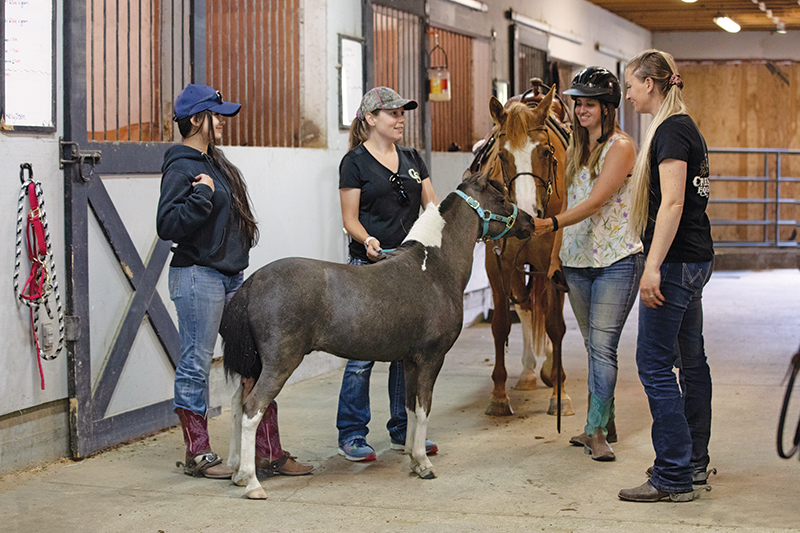
Alternatively, if you are the head coach or barn owner, you may wish to declare a purpose that you feel aligns with your vision for the barn. However, the group buy-in will be stronger if everyone has a chance to contribute. Taking the time to speak with everyone about what is important to them will ensure that everyone feels they have contributed to the process.
Related: The Value of Horse Boarding Agreements
In a winning culture, all members know exactly how to achieve the purpose.
Once again, clarity is the key ingredient here. Once we know what our purpose is, it is essential that we decide how we will go about achieving this purpose. What types of thoughts and actions support the collective goal? For example:
Purpose Statement: To support each other to continuously improve as riders and create a safe, fun space for everyone to enjoy.
Why is this important to us? We all cherish the time we spend with our horses and care deeply about progressing our skills and competitive achievements.
How we will live to our group purpose (supporting actions):
- Communicate with honesty and kindness;
- Leave the stress of the day in the car. Allow yourself and everyone to just be in the present moment;
- Cheer each other on through success and support each other through challenges;
- Believe in everyone’s potential to grow and improve (including your own).
With the right support, the purpose statement and associated actions will become the framework for how every barn member interacts and conducts themselves. They become a mutually held set of values that inform the choices and actions of the group.
Once decided upon, display your purpose and supporting actions in a common area such as the tack room, as a daily reminder for everyone. The most successful sport cultures in the world (for example, The New Zealand All Blacks), keep their purpose front of mind by reinforcing it visually and verbally, again and again for its members. The magic happens when everyone knows exactly what that purpose is. With that knowledge comes the ability to self-assess whether your actions are supporting or hindering that purpose.
When is a culture harmful?
A culture becomes harmful when it encourages people to act from a place of fear. Remember that a culture is a set of shared beliefs, attitudes, knowledge, practices, and behaviours. It’s important to ask ourselves what beliefs and attitudes we are reinforcing at our barn. What is our default way of behaving as a group? Collectively, do we tend to lift each other up, or pull each other down?
Why do we pull each other down? We are all easily triggered by the success of other riders, particularly when we feel that things aren’t going well for us and our horse. Watching other people achieve what we want to achieve triggers uncomfortable feelings like anxiety, jealously, or frustration. When we are triggered, our brain is operating from a fear state. We are fearful of not reaching our goals, not being good enough, or falling behind. In this mindset we are more likely to lash out or withdraw our support. This type of behaviour usually creates more of the same and lowers the overall sense of safety for everyone in the group. Before you know it, everyone is acting from fear instead of supporting each other.
Next time you feel triggered by a member of your barn or riding community, take a moment to pause and reflect on where those emotions are coming from. Recognize that the feelings reflect how you feel about where you are in your riding journey, and therefore are your responsibility to resolve. Remember this: everyone around us is a teacher. Riders who are currently achieving what you want to achieve have learned key information and skills that support their success. They have knowledge of skills that you can learn and implement. Take a deep breath and ask yourself: What can I learn from this rider?
Related: When Does Horse Industry Gossip Cross the Line?
Strengthen your culture with choice, improvement, and belonging.
A culture is always the sum of its individual parts: the human beings involved in it. When everyone feels safe and heard, this has a powerful positive effect on the group. So, how can we bolster our sense of safety and connection and that of those around us? There are three important ways:
- Having choice and control over what happens to us;
- Feeling supported in improving and progressing towards our goals; and
- Feeling a sense of belonging to the group.
Are you actively contributing to your barn culture? If so, what impact are you having? Get involved and share your thoughts whenever possible. This builds a sense of contribution to, and ownership of, the resulting environment. Giving fellow barn members an opportunity to contribute, and acting based on those contributions wherever possible, has a positive impact on barn culture.
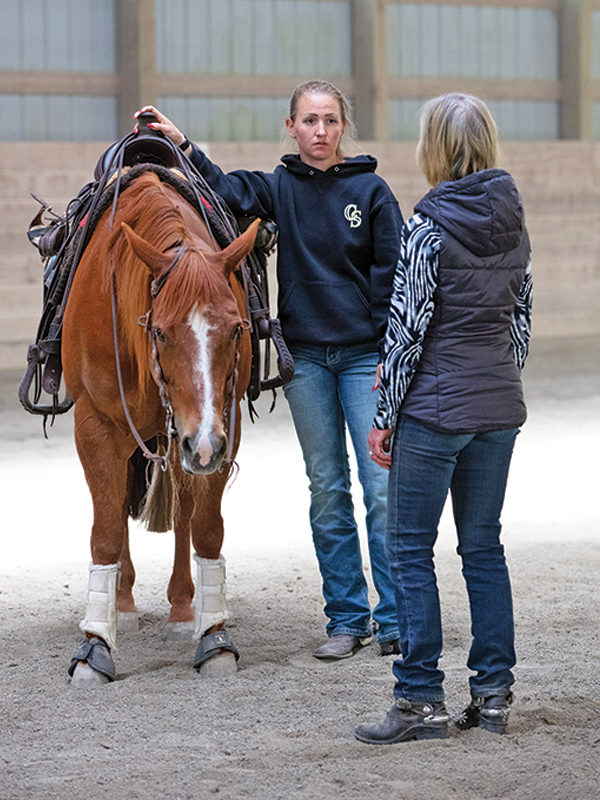
Help create a winning barn culture by communicating with kindness and honesty, celebrating each other’s successes, and supporting each other through challenges. Photo: Sue Ferguson
Our individual and collective sense of purpose and meaning is fueled by the feeling that we are making consistent progress towards our goals. As a group, encourage each other to track and celebrate the growth and progress of every barn member. Doing so will create positive ripples through your barn environment.
Belonging is easily fostered and supported through small but significant gestures. Smile and say hello. Make eye contact. Really listen when someone is speaking to you. Clearly communicate your boundaries. The bottom line is this: To have a strong culture, everyone doesn’t have to love each other. However, everyone must be willing to respect each other, share space, and work alongside each other to fulfill their goals and the purpose statement of the group.
Choice, improvement, and belonging might occur naturally on their own, but why leave them to chance? Strong cultures ensure everyone is contributing to safety and connection by declaring what they stand for and naming the behaviours that support those values.
Every interaction matters.
Susan Scott, an expert on successful culture and author of Fierce Conversations, tells us that culture is built one positive interaction at a time, or destroyed one negative interaction at a time. Every interaction matters. To build strong, supportive cultures in our barns we can work together to name, understand, and reinforce our common purpose. Each of us can take ownership of our own mental and emotional states by investing time in developing self-awareness and strong mental skills. Lastly, we can support ourselves and others to exercise our choice, track and recognise our progress and achievements, and develop mutual respect and commitment to common goals.
So, here is your homework:
- Collect feedback from your fellow barn members;
- Decide and declare your purpose statement;
- Outline how you will work towards that common goal and display the result proudly in a common area.
Every one of us has the power to impact our barn culture for the better, so let’s get started.
Related: How to Maximize the Benefits of Our Connection with Horses
Main Photo: Sue Ferguson



